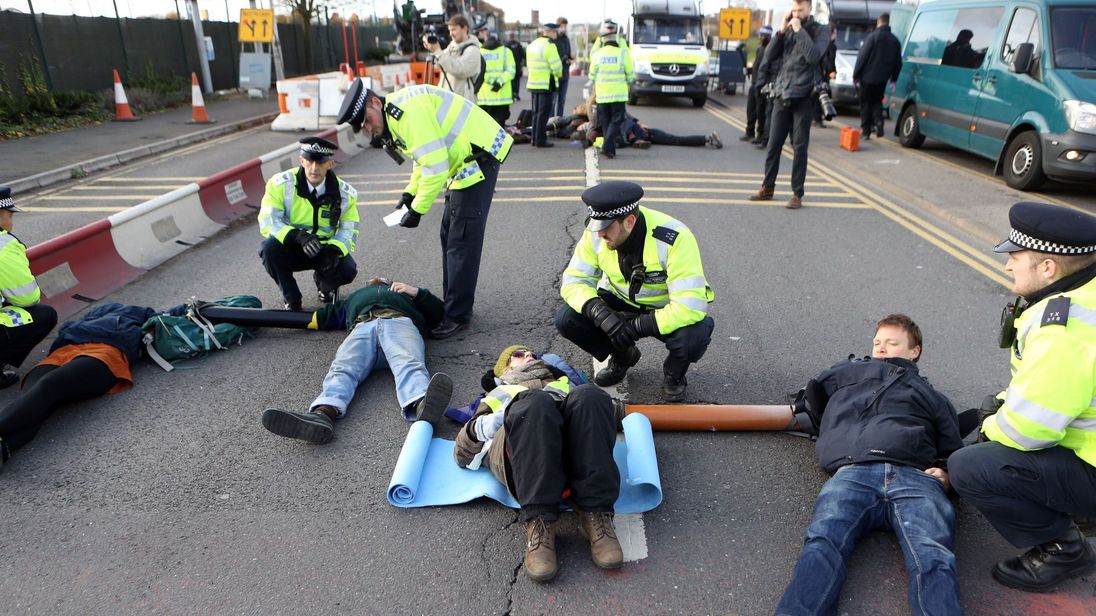Use the process of managing low/medium/high risks as the basis for planning your action if there is a prospect of arrests, media attention or police surveillance.
As members of your campaign or group, consider together:
- What do we need to protect?
- How much does the police or media want to know about our plans?
- How easy is it for them to get it and what happens if they do?
- What am we willing to do to prevent this from happening?
Divide up responsibilities
Every decision need not involve everyone – so divide up your planning and organising into separate teams:
| Advance Team | Action Teams |
| Comms Team | Support Teams |
High risk – limited access
Set up a small Advance Team to plan the focus for your action.
If you are planning direct action or civil disobedience, this may involve decisions that are used to incriminate group members. The Advance team might therefore involve a very small number of long-standing members who do not share any details until the last minute – not even the target of a protest. They should consider more secure ways of communicating with each other.
As part of the planning, you should also consider how to ensure personal data of all members of your group is kept secure.
Medium risk – internal only
Decide whether those who are planning to take part in actions should form one Action Team or for a mass action, break up into and work together as smaller affinity groups.
Before leaping into strategies and training, spend some time discussing possible outcomes, potential scenarios and what risks members might face.
Use this to decide:
- who is invited to internal training and private strategy meetings
- where and how you meet
- how members agree on their level of participation and do not feel pressured into taking high risk actions.
- how decisions are anonymised and how they are circulated
- what the content of internal action training, how this differs from public awareness training and who participates in it.
- When and how your Action Team/affinity groups receive legal support briefings.
Low risk – public information
Set up a separate Comms Team to coordinate solely on press releases, public event details and social media posts.
Set up separate Support Teams to focus on planning legal training, organising legal observers, arrestee support when your action takes place and welfare support during the action itself (things like food and water)


Leave a Reply